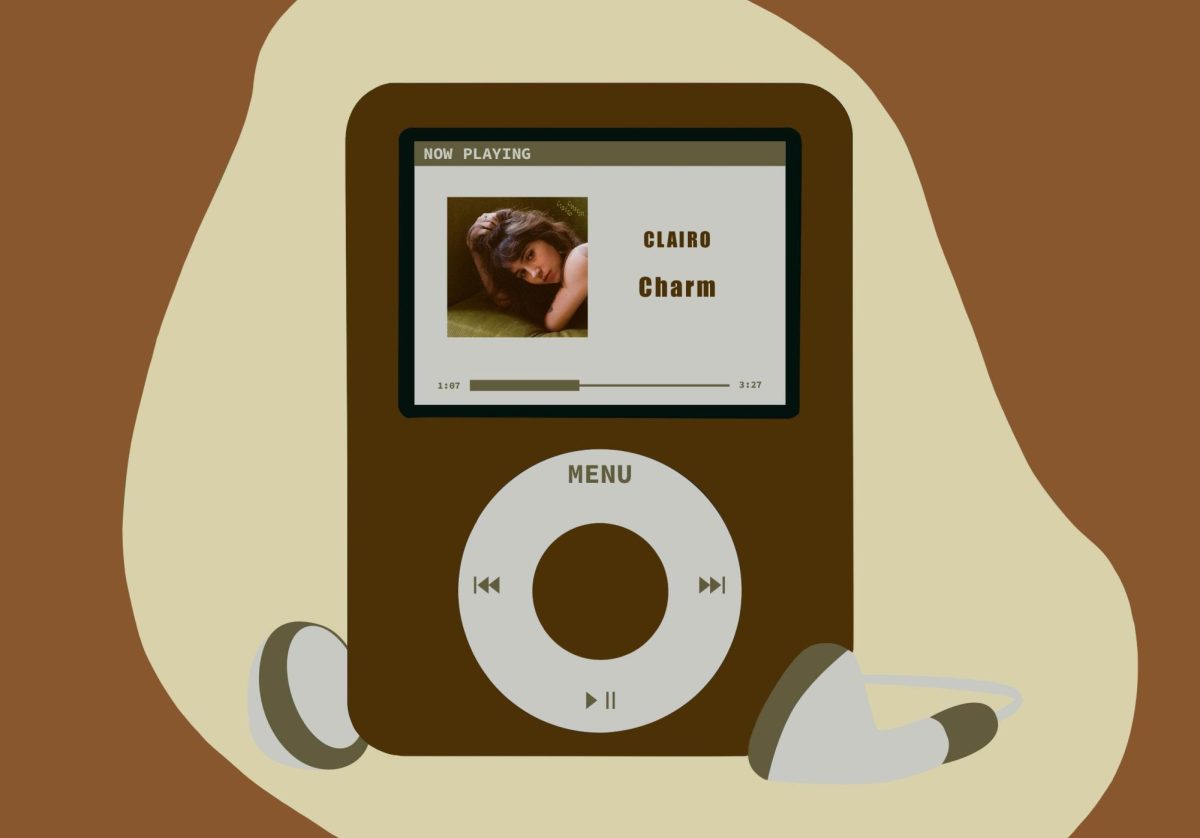Very often, the most popular view of an artist misses the larger picture.
James McNeill Whistler, a Massachusetts-born artist, was a pioneer printmaker in the 19th century, and the Minneapolis Institute of Arts commemorates the centennial of his death with a large exhibition of his works. Whistler is of course most famous for his 1871 work titled “Arrangement in Grey and Black: a Portrait of the Artist’s Mother,” but this exhibit shows a medley of influences, subjects and media.
Whistler created a series of pieces that he originally called “moonlights.” He later took the musical term “nocturne” and applied it to his work. These pieces included stark contrasts between dark and light, and while the shadows are obvious, the light from the artist’s moon makes the subjects shine.
The portrait of his mother shows a painting on the wall behind her, and the painting is another one of Whistler’s works called “Black Lion Wharf.” While it does a good job as a background piece, it deserves a spotlight of its own. The buildings in the far-away background are intricately detailed, right down to the tiny windowpanes and shingles. The fishermen in the foreground are sketched-in with a thicker tool and with less detail, and the rough outlines bring a feeling of ruggedness to the characters.
Whistler had numerous influences, including foreign art, and the display has some Asian works that inspired the artist. He was one of the first collectors of Chinese blue-and-white porcelain, and numerous pieces greet museum visitors at the entrance to the showcase.
His subjects are ordinary people and edifices, but the work is extraordinary. Whistler focuses on a certain aspect and leaves others shady or doesn’t even include them; in a piece about a young girl all but her face is sketched, and in another one a famous musician’s face is very detailed but his hands are nothing but faint outlines.
The title “Symphony in Black and White” is a misnomer, for the exhibit has a few splashes of color here and there. But then again, as Whistler is quoted on one of the many placards that decorate the space, “Does a symphony in F only include F, F, F? No!”
Whistler’s art and influences are not the only things on display. “Vanity Fair” began caricaturing celebrities in 1869, and Whistler was one of the few artists who merited that honor-of-sorts. Sir Leslie Ward’s 1878 “Symphony” is a subtle dig at Whistler, who’s portrayed in a long tan coat and opera shoes with bows.
His work as a printmaker and subsequent fame make him one of America’s best-known artists, and that surely made his mother proud.
















